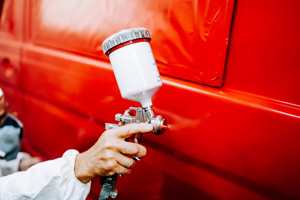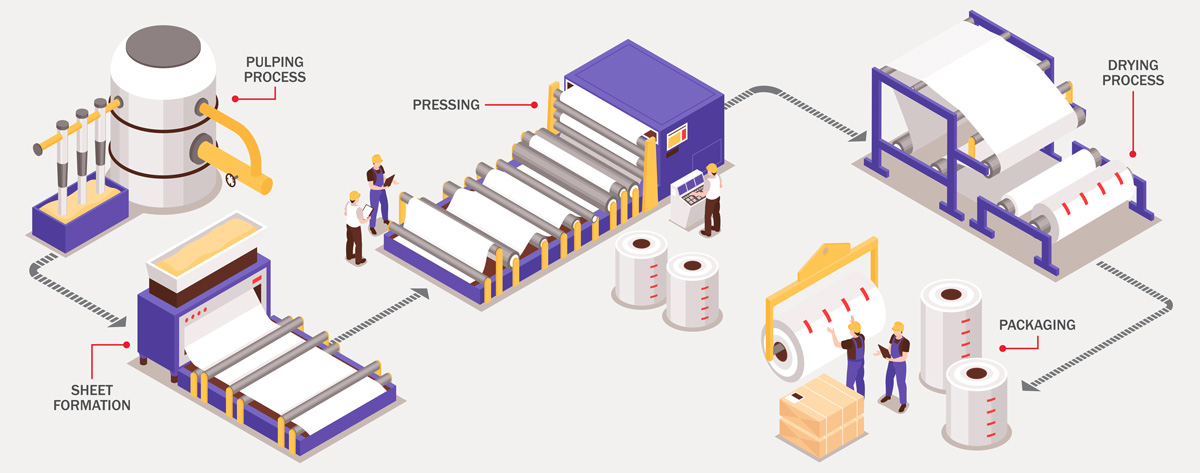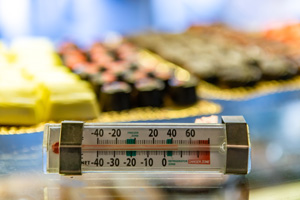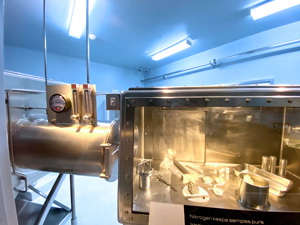 When walking through the grocery store and picking up a bag of flour or sugar, you’ve probably never thought about the process that it took to get these items packaged. The small particle size of these materials requires specialized handling to ensure there is minimal damage or loss, which is called pneumatic conveying.
When walking through the grocery store and picking up a bag of flour or sugar, you’ve probably never thought about the process that it took to get these items packaged. The small particle size of these materials requires specialized handling to ensure there is minimal damage or loss, which is called pneumatic conveying.
A pneumatic conveying system works by moving the material through an enclosed conveyor line using a combination of pressure differential and the flow of air (or another gas) from a blower or fan. Pneumatic conveying systems can be used to transport cement, starch, sugar, salt, polymers, plastic powder, and other powdered/granular bulk materials. The two most common forms of pneumatic conveying systems are dilute phase and dense phase.
Continue reading “An Introduction to Pneumatic Conveying”


 Jaguar. Ford. Ferrari. Three iconic automakers with storied racing pedigrees that have made some of the fastest and most beautiful cars in the world, each draped in a coat of paint of their own signature color: British Racing Green, Ford’s Grabber Blue, and Ferrari’s Rosso Corsa.
Jaguar. Ford. Ferrari. Three iconic automakers with storied racing pedigrees that have made some of the fastest and most beautiful cars in the world, each draped in a coat of paint of their own signature color: British Racing Green, Ford’s Grabber Blue, and Ferrari’s Rosso Corsa.


 Unless it’s recently stopped running (or run away), you probably haven’t paid much attention to your refrigerator lately. Despite enjoying status among the largest and most frequently used appliances in your home, the refrigerator is a bit of an unsung hero, quietly humming away in your kitchen, keeping lettuce crisp and ice cream velvety smooth. But refrigeration is about so much more than fresh greens and tasty frozen treats; the humble fridge is also the first line of defense against foodborne illness.
Unless it’s recently stopped running (or run away), you probably haven’t paid much attention to your refrigerator lately. Despite enjoying status among the largest and most frequently used appliances in your home, the refrigerator is a bit of an unsung hero, quietly humming away in your kitchen, keeping lettuce crisp and ice cream velvety smooth. But refrigeration is about so much more than fresh greens and tasty frozen treats; the humble fridge is also the first line of defense against foodborne illness.
